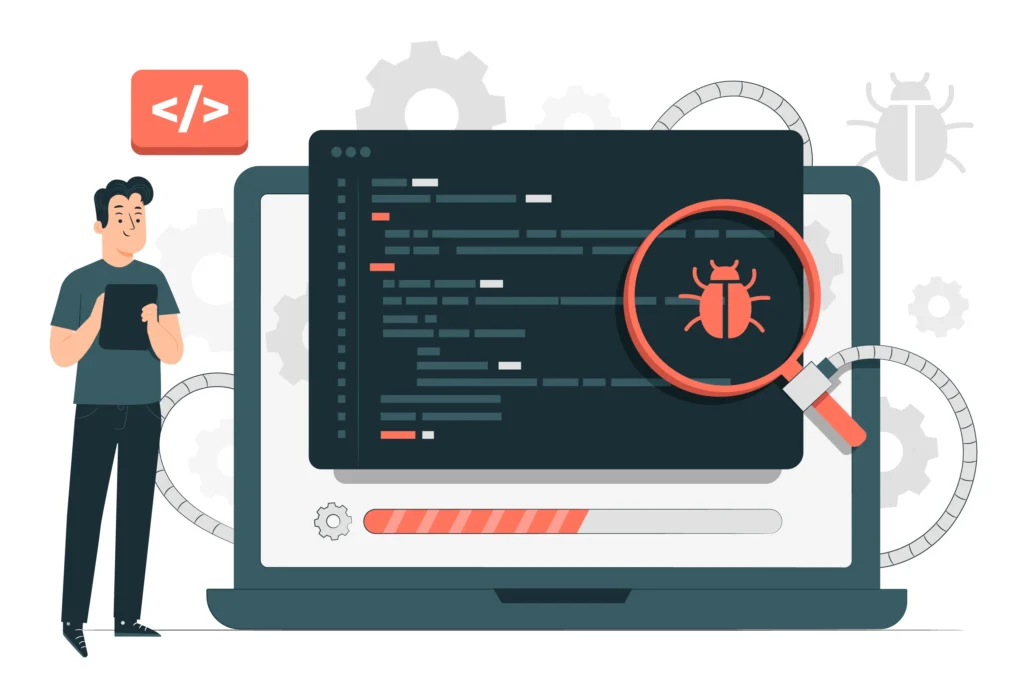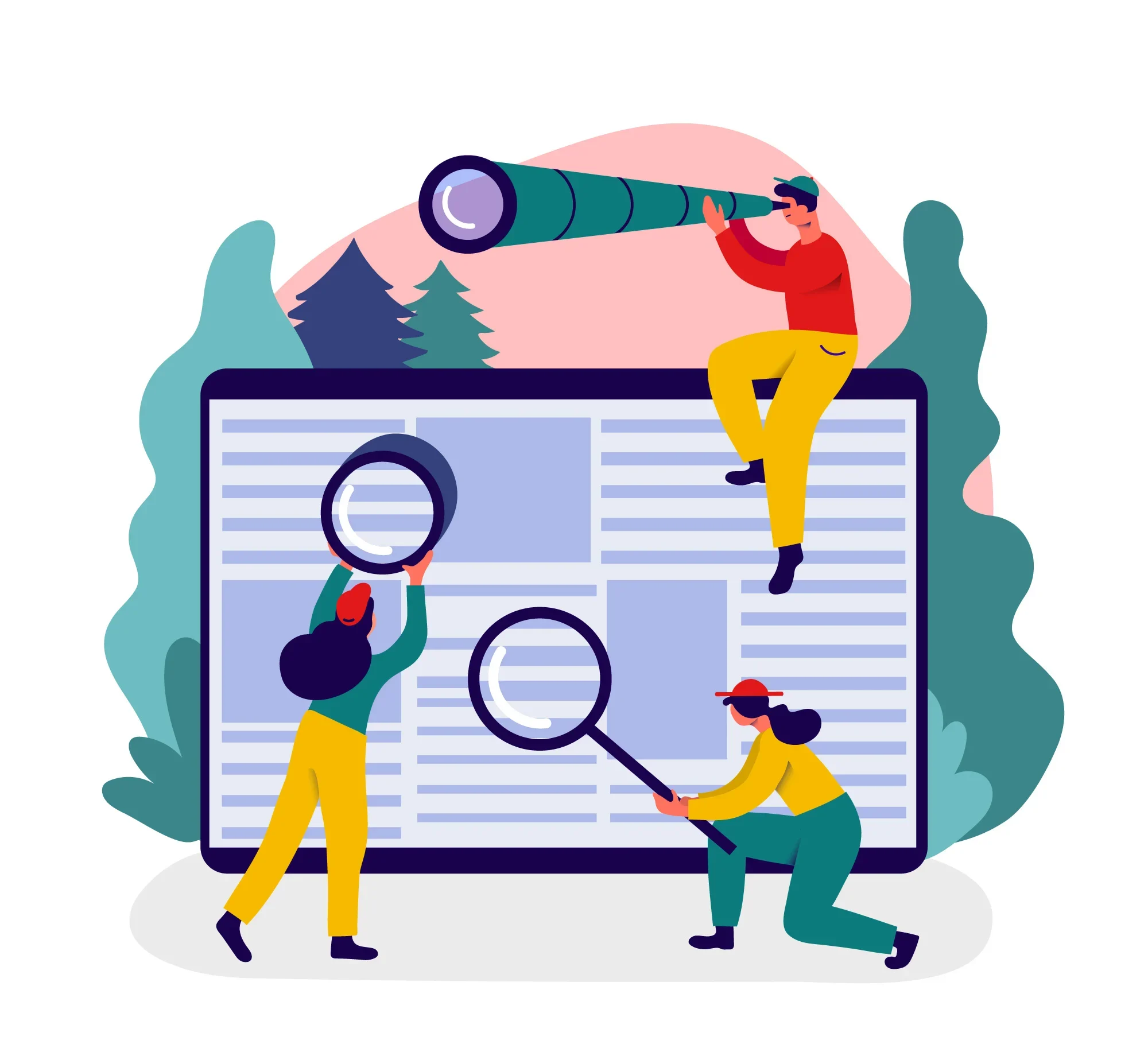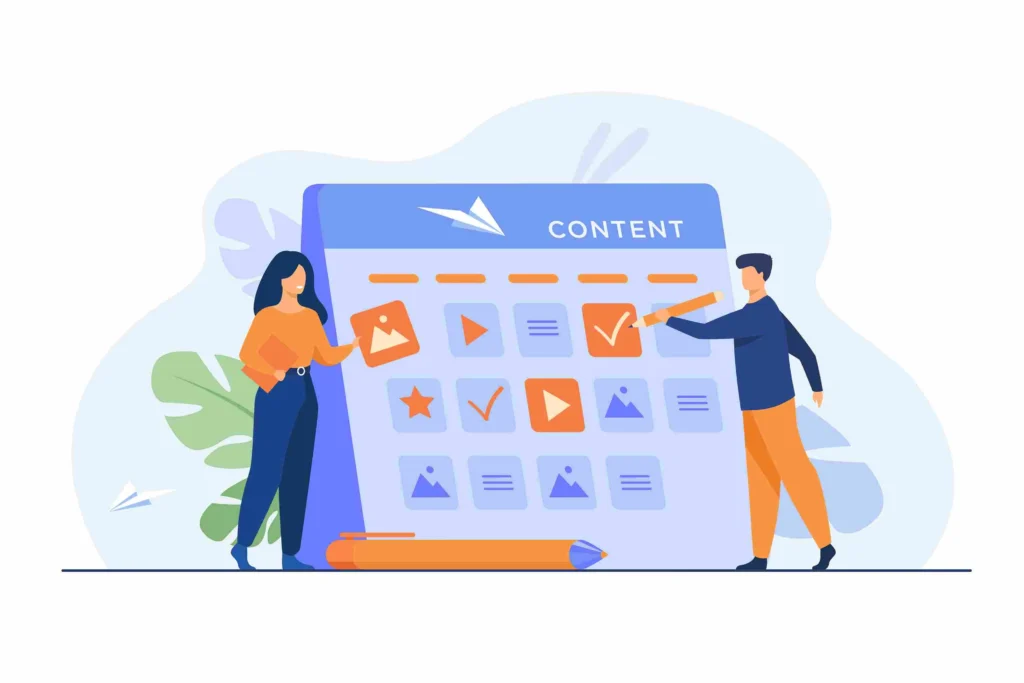There has always been a question in your mind about how search engines work and how these search engines are able to provide the searchers with the most relevant results.
Billions of searches take place daily while billions of results appear for each and every query either and the main question is how search engines like Google find out these results, store, rank, and display it for the searchers.
Table of Contents
ToggleIf you are looking to find information on how search engines work, you are at the right place where we discuss in detail that process and make clear distinction between Crawling, Indexing, and Ranking.
You might have heard a lot about Crawling, Indexing, and Ranking of the content which is done by search engines, but have not recognized it totally; we are prepared to help you understand these terms, so stay with us.
How Search Engines Work
When a content is uploaded on the internet regardless of its format whether it is a text, image, or video, search engines begin performing 3 main functions:
Crawling
It refers to the process where automated bots, known as crawlers or spiders, systematically browse the web page. These crawlers visit websites, follow links, and collect information about the content
Indexing
It refers to the process of organizing and storing the information gathered while crawling. It analyzes and categorises the content.
Ranking
Search engines rank web pages based on a variety of factors. Considering Google, it has hundreds of algorithms which help in ranking the content of a web page.
What is Crawling

It is a systematic process in which google bots or spiders go through webpages and discover its content.
The crawlers browse some pages and through links it navigates all the other pages in websites. Backlinks in other websites can lead crawlers to your web page and the existing internal links make it possible for these bots to crawl each and every content in your website.
Backlinks and internal linking play a significant role in tightening a chain between web pages and assisting bots to gather information from all linked pages. This data is then used by search engines to index and rank web pages in the search engine result pages.
Crawling happens when a content is uploaded in the website and it is totally visible for everyone. In addition, Search engines crawlers turn back again and again to your web page and refresh the collected information, so it is always recommended to update contents in your web page and link new contents to priors.
Most of the new URLs Google finds are from previous pages that Google has already crawled. Google can detect recent contents by revisiting the Category page and it gets the URLs that lead to the articles.
Google bots only crawl web pages which are publicly available. The content should not contain any login requirements. Moreover; ensure to give full access to search engines in order to crawl your content and also let audiences visit your content without any restriction.
What Do Crawlers Search for
Crawlers’ journey involves several intricate steps:
- Content Analysis: Google bot meticulously analyzes the textual content, images, videos, and metadata of web pages to understand their relevance.
- Link Navigation: By following hyperlinks, Google bot moves from page to page, uncovering new content and mapping the structure of a website.
- Meta Tags Evaluation: Information in meta tags, such as title tags, heading tags, meta description, and URL slugs provide additional context and guidance for indexing.
- Robots.txt Directive: Webmasters can utilize the robots.txt file to instruct Google bots on which page to crawl and which to ignore, optimizing the crawling process. You can use the robots.txt file to control the crawling procedure which causes efficiency.
8 Tips to Boost Google Crawl Rate

- Create High-Quality Content: Produce fresh, unique, and valuable content that match users’ intent. The more you update the content, the more you get crawled.
- Submit a Sitemap: Create and submit a sitemap of your website to Google Search Console. This helps Google’s crawlers to understand site’s structure and find new content more efficiently
- Use Internal Linking: Include internal links within your website’s content. It helps spiders discover new pages and content while crawling your site.
- Optimize Website’s Speed: Ensure that your website loads quickly and is mobile-friendly. A fast-loading website is more likely to get crawled frequently.
- Update Content Regularly: Refresh your page regularly. Adding new information or updating content signals Google that your website is active and it is worth re-crawling.
- Fetch as Google: Use the ‘fetch as Google’ feature in Google Search Console to request google to crawl specific pages immediately.
- Fix Errors: Check for errors and fix it because it avoids Google’s crawlers to crawl your website efficiently.
- Acquire Backlinks: Get quality backlinks from reputable websites. Backlinks can increase the crawl rate due to the fact that it usually crawl pages linked from other popular sites
What is Indexing

Indexing is the process of adding web pages into a search engine’s database or index.
This process involves analyzing the content and metadata of a web page, such as keywords, titles, headings, and descriptions, and then storing this information in a structured format that allows the search engine to retrieve relevant results when users perform searches.
Indexing enables the search engines to provide the searchers with the most relevant result and access relevant results easily in its database. It organizes the data and puts contents in its specific category according to the keywords.
Whenever a user enters a query into a search engine, it turns to its indexed contents list and chooses which topics should appear for that inquiry which can answer his need properly.
It fetches the stored content and shows it in the search engine result page in order. The order of the results, which is called ranking, depends on many factors which are discussed in this article.
A content must be indexed by a search engine in order to appear at the result pages, otherwise it is not possible to reach that content. Some issues might prevent the indexation of a content, for instance; low quality content and low relevance.
Google Index Selection refers to assessment of web page quality to determine whether to select the topic for indexing or not. It shows that Google filters the content even after it is organized and before ranking.
Webpage Indexing Status and Verification
The time it takes for a web page to be indexed varies, typically ranging from a few hours to several weeks. To check if your page is indexed, use search engines like Google by entering ‘site:yourweb.com/url-slug’ in the search bar. If your page appears in the SERP, it is indexed.
Sometimes it is so disappointing that you see your web page content is not indexed yet. It might be because of any low quality section that makes it difficult for crawlers to discover it or finally index it.
In order to prevent such issues you must ensure that your content is relevant and of a high quality. In addition, optimization of meta tags also clarifies content’s intent for search engines; therefore, do not hesitate to count on that too, even in this stage.
What is Ranking

Ranking refers to the position or placement of a webpage in the search engine result pages in response to users’ query.
High ranking web pages appear at the top of search engine result pages and have more chances to get high traffic and click-through rate. While low ranking websites are suffering at the bottom and cannot get the expected traffic.
Ranking is totally related to search engines and they determine which results should show up at the top from those billions of results which are indexed for the specific keyword.
Search Engines utilize hundreds of algorithms for assessing web pages’ content and whether to rank it high or low. These algorithms change from time to time and no one actually knows which features should be considered and which not.
Search engines also rely on ranking factors, as Google depends on over 200 ranking factors, so that it could determine the placement of a web page in the result page and provide the inquirers with the most related articles.
There are SEO factors which help in ranking higher and also considered by the search engines as valuable factors to determine web pages’ placement according to it. You can use SEO techniques to organically improve your visibility in the SERP.
You have to optimize your page according to SEO guidelines and meet all the criteria which can boost your online presence. Here are some tips and advice to gain organic traffic and rank high in the SERP.
- Keyword Research: choose low competitive keywords
- On-page Optimization: optimize meta tags, images, and readability of your content
- Off-page Optimization: Create significant backlinks from authoritative websites
- Technical Elements Optimization: increase loading speed and consider mobile responsiveness
- Always keep an eye on your competitors and always be more active and productive than them
- Specify the intent of search queries you provide results for. Adapt your content with those queries and meet audiences’ expectations.
Conclusion
Understanding how search engines work is a must and it helps web owners to publish and optimize their content regarding its algorithms. We shed light on Crawling, Indexing, and Ranking functions and discussed it in detail.
I Hope it was helpful…
